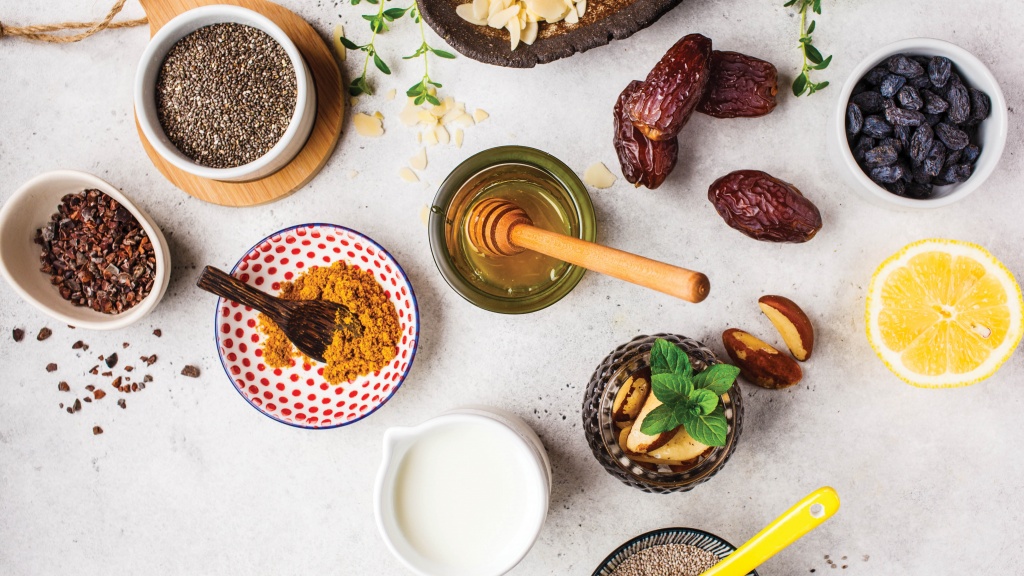
Estrogen, more like a big family rather than a single hormone, is not necessarily a ‘problem’ with new supplement research
One of the most common questions heard from patients is about the potential negative effects of hormones — especially estrogen. It sometimes surprises patients when they are told that estrogen is not necessarily a problem — it’s the paths that estrogen takes in the body that are the problem.
There are three major types of estrogen: estrone (E1), estradiol (E2) and estriol (E3). That’s a really top-level outline, because there are subtypes within those forms as well. The key is that estrogen is not just a single hormone — it’s more like a big family. And sometimes one of the family members can choose a path that is not helpful or healthy. In fact, when estrogens metabolize down the wrong pathways, they can contribute to endometriosis or cervical, ovarian, or breast cancer. 1-5
Estrogen from outside sources
Complicating the issue even further is the problem of xenoestrogens, including estrogen mimics that attach to receptors in the body and come from environmental sources like herbicides, pesticides and plastics. Fortunately, there is a solution. 6
Your patients have probably heard about the powerful health benefits of broccoli and other cruciferous vegetables. These vegetables contain a compound that converts to a substance called diindolylmethane, commonly known as DIM. Getting this compound through diet alone can be difficult. For a therapeutic level, you’d need to eat about two pounds of broccoli. Supplementation is a much more practical solution, to say the least.
Clinically-studied supplemental DIM can direct estrogen toward a beneficial pathway and help balance the ratio of good estrogen metabolites (2-hydroxyestrone) versus bad (16-hydroxyestrone). This can help shuttle xenoestrogens and spent estrogen out of the body more efficiently. 7-9
DIM research
DIM has some strong evidence behind its use to potentially reduce the risk of serious conditions, including breast and cervical cancer. In a Canadian clinical study, women taking DIM showed an increase in BRCA1 expression — a gene and its protein which can help inhibit breast cancer — by 34%.10
A study at the University of California at Berkeley found that DIM had an anti-tumor effect on endometrial cancer cells, and other research shows that adding DIM to a regimen of dienogest may make the medication more effective and help reduce pelvic pain and bleeding in patients with endometriosis.11,12
Aside from DIM, two other botanical ingredients recommended are curcumin from turmeric, and grape seed extract. Both have been shown to work in combination to inhibit tumor growth, and each one is powerful separately as well. 13
Curcumin prevents fat deposits in the liver and enhances detoxification enzymes superoxide dismutase and glutathione peroxidase, making it easier for the body to rid itself of estrogen mimics and other unhealthy compounds. 14,15
However, because plain curcumin extracts can be difficult for the body to absorb, and limit its efficacy, what’s recommended is a curcumin blended with turmeric essential oil for enhanced absorption, plus the benefits of ar-turmerone, a compound present in the oil. 16
Grape seed extract has been shown to partially inhibit aromatase, an enzyme that converts androgen into estrogen. Understandably, breast tissue typically has higher levels of aromatase. A study published in the journal Cancer Research showed that grape seed inhibited aromatase activity and reduced growth in MCF-7 breast cancer cells — the same cell growth also inhibited by curcumin. 17,18
Additionally, grape has been shown in scientific studies to prevent cancer cells from connecting to blood vessels, depriving them of oxygen and nutrients. A natural protein associated with the development of blood vessel growth is vascular endothelial growth factor (VEGF). 19
Supplement choices
There are many grape seed extracts available, and in fact, some practitioners and patients may feel like this ingredient is old news. Recommended either on its own or in conjunction with DIM and curcumin is a French grape seed extract that is currently showing some exciting results in cellular studies. It is tannin-free, which makes it a highly absorbable source of oligomeric proanthocyanidins (OPCs) and maximize the botanical’s potential.
Proper estrogen metabolism affects virtually every aspect of health. If your patients are experiencing difficulties due to estrogen mimics, conditions associated with aging, or simply have concerns due to past health issues or family histories, recommending clinically-studied DIM along with supportive botanical ingredients may be one of the best treatment choices you can make.
HOLLY LUCILLE, ND, RN, is a nationally-recognized licensed naturopathic physician, author, educator and consultant. She is a graduate of the Southwest College of Naturopathic Medicine in Tempe, Ariz., where she received the prestigious Daphne Blayden Award. She has a private practice in Los Angeles called Healing from Within Healthcare and volunteers at the L.A. Free Clinic. Lucille lectures throughout the nation, has appeared on national media programs, and is the author of Creating and Maintaining Balance: A Woman’s Guide to Safe, Natural Hormone Health. She can be reached at integrativepro.com/Medical-Advisory-Board/Holly-Lucille.